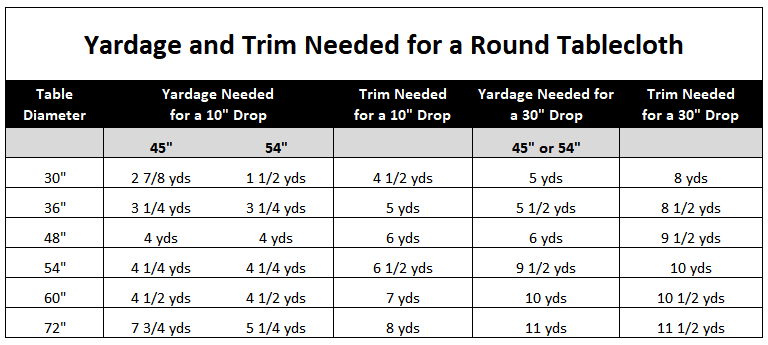Paris has been a center of art, literature, and fashion since the 18th century and was the first country in the world to export fashion. By the mid-19th century, Charles Worth developed the first haute couture business in Paris, presenting fashion on live mannequins. Wealthy women came to his shop to be measured and to have elegant clothing handcrafted for them. By 1930, Paris became a theater of fashion with women from all over the world coming to see and to be seen. The city not only provided the human skills but also the accessories, notions (buttons, feathers, beading, laces), textiles, and everything needed to assist in the creation of fashion.
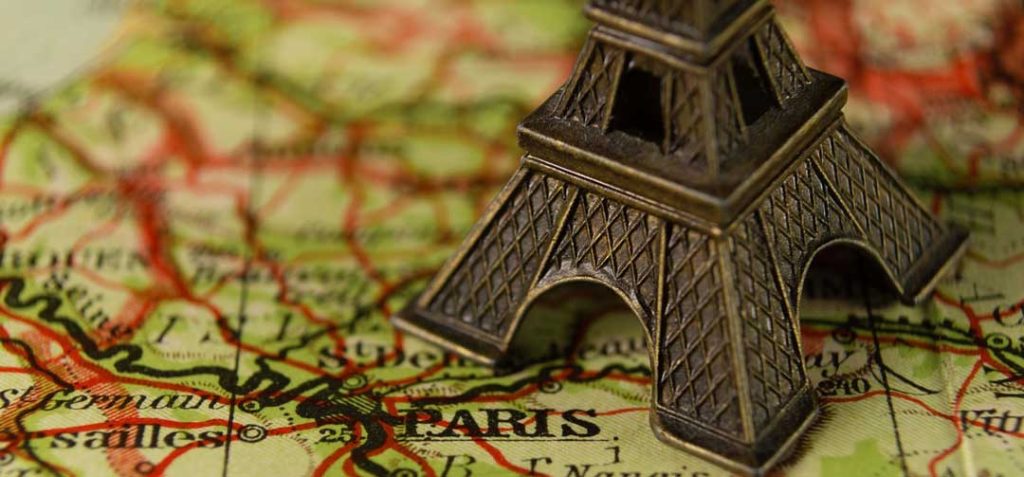
By 1939, it was the key to the economy of France and the second largest industry. There were 900,000 employees in couture houses, accessory makers, and textile manufacturers. Then came the war! During the five years of occupation and oppression, the Germans attempted to take over the Parisian fashion industry, but the French had such a strong sense of national pride that many of the couture houses were prepared to go into hiding if necessary.
When Paris was liberated in August 1944, one million men were prisoners and five million adults and children lacked adequate food and shelter. Electricity wasn’t turned on until well after dark and during the bitter cold winter after the war, heat wasn’t available at all to the average citizen. Clothing, as everything else, was rationed. The women of the French Resistance banded together to do what they could do to save their beloved industry. (They identified one another by the “pillbox” hats that they made from pillboxes from the pharmacy and whatever bits of fabrics, feathers, and trims that they could find.) Most of them had no money for expensive clothing so they gave their coupons to the wealthy to support their beloved couture industry.
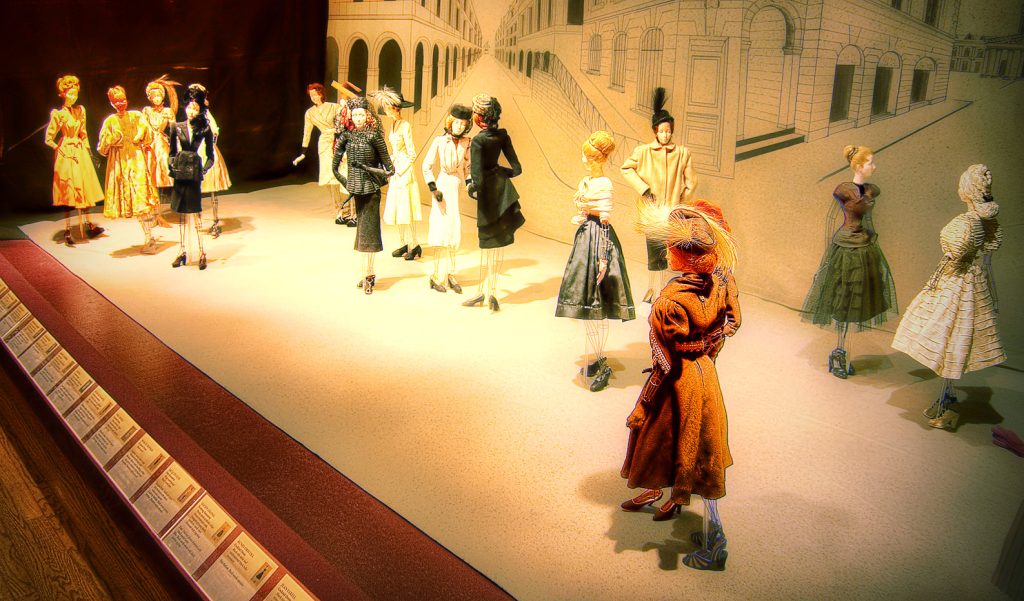
The artistry and the creative work force survived the war, but resources were in short supply. Textiles, accessories, and even sewing machine needles (which were manufactured in Germany) were almost impossible to obtain. Colored thread wasn’t available at all. However, Nina Ricci’s son, Robert, came up with an ingenious plan that would raise funds for food and education for the French war relief. It would also bolster pride in the creativity of a country ravaged by war, show that French leadership in fashion still existed in spite of the enemy occupation, and help regain American and South American clients.
The plan was to create couture clothing in miniature and theater stages for display and take them on tour. Over 50 Parisian houses of couture were invited to clothe the mannequins and teams of seamstresses and artisans created 27″ wire aperture mannequins with sculptured heads, wigs of real hair, and couture clothing. All of the clothing were made in exactly the same way as the full-size human versions, complete with linings. Milliners created miniature hats while hairstylists gave the mannequins individual coiffures. Jewelers such as Van Cleef and Arpells and Cartier contributed small necklaces and accessories. Some seamstresses even crafted miniature undergarments to go under the couture designs. Accessories, including shoes, hats, and hand bags complete with compacts and lipstick were made. Fabric was woven to scale and all details were perfect down to the tiniest buttons, buttonholes, and working zippers. These miniatures were nicknamed “dollies” and became part of the travelling Théâtre de la Mode exhibit.
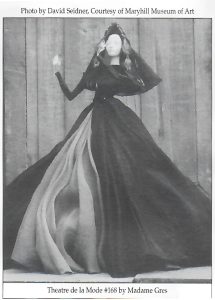 Théâtre de la Mode was a spectacular exhibit with 237 dollies and 13 theater sets that opened on March 28, 1945 at the Louvre. It proved that Paris had not suffered in her heart, but that creativity was still there. France asked London to stage the exhibit in order to contribute to the war relief and it was attended by over 120,000 people. The mannequins served as French ambassadors as Théâtre de la Mode toured Stockholm, Leeds, Barcelona, Copenhagen, London, Vienna, New York. It closed in San Francisco in September 1946. Théâtre de la Mode had served its purpose and by 1950, haute couture was again flourishing.
Théâtre de la Mode was a spectacular exhibit with 237 dollies and 13 theater sets that opened on March 28, 1945 at the Louvre. It proved that Paris had not suffered in her heart, but that creativity was still there. France asked London to stage the exhibit in order to contribute to the war relief and it was attended by over 120,000 people. The mannequins served as French ambassadors as Théâtre de la Mode toured Stockholm, Leeds, Barcelona, Copenhagen, London, Vienna, New York. It closed in San Francisco in September 1946. Théâtre de la Mode had served its purpose and by 1950, haute couture was again flourishing.
After the show closed in San Francisco, the gems were sent back to Paris and the dollies were abandoned. In fact, they disappeared. Then, in the early 1980s Stanley Garfinkel, an oral historian from Kent State University, heard about them when he was in Paris doing research on Dior. The story of French mannequins presumably lost after World War II piqued his curiosity and he began a quest that took several years. His search for these treasures finally took him to the Maryhill Museum of Art near Goldendale, WA on the Columbia River in 1986 where he found most of the dollies still resting in their shoeboxes. After much negotiation, he arranged to have them returned to Paris to be refurbished. The artists were again challenged to clean, restore, and to bring the dollies back to life. Elaine Bonabel, who created the mannequins, was still living and able to supervise. What a thrill it must have been for those original artists to work with their creations again!
On May 10, 1990, Théâtre de la Mode opened for the second time at the Louvre. The Parisians were exuberant! It’s reported that Americans who attended the opening were treated like royalty with food, lodging, transportation, and every amenity given to them in gratitude for their part in bringing the dollies home again. A touching scene was the women of the French Resistance appearing in the very same pillbox hats that they wore during the war almost 50 years ago. From there, Théâtre de la Mode went on tour again and then was returned to the Maryhill Museum of Art in March 1996.
Currently, the museum is home to nine re-built sets and restored mannequins dressed in period casual and formal wear. Each year, three of the nine sets are on display. In 2024, all or part of three different Théâtre de la Mode sets will rotate onto view
Visit the Maryhill Museum to find exhibit dates.
~Updated. Based on an article by Judy Barlup





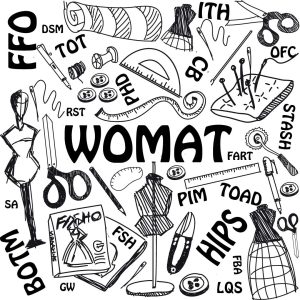


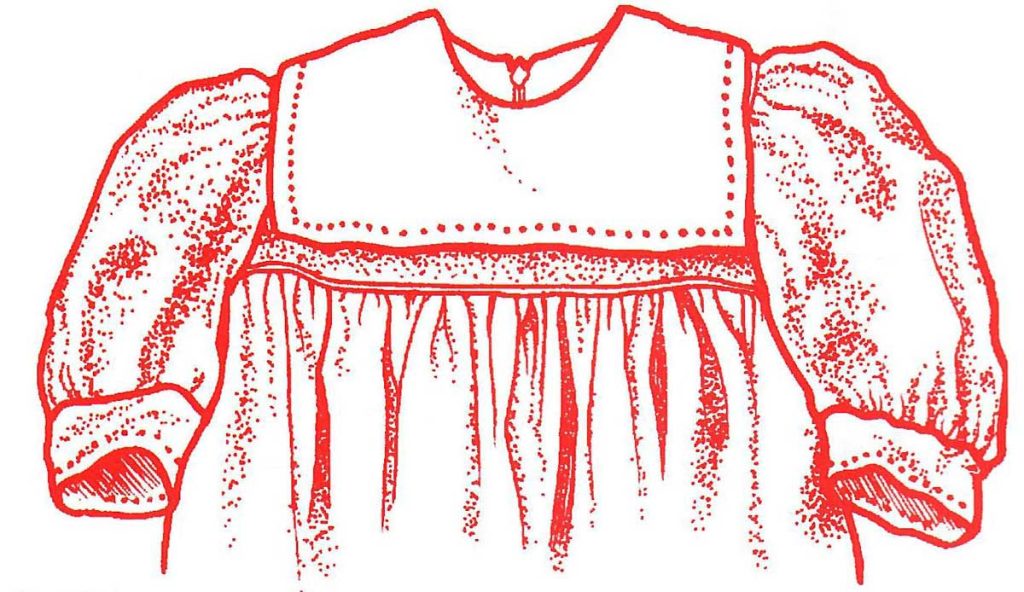
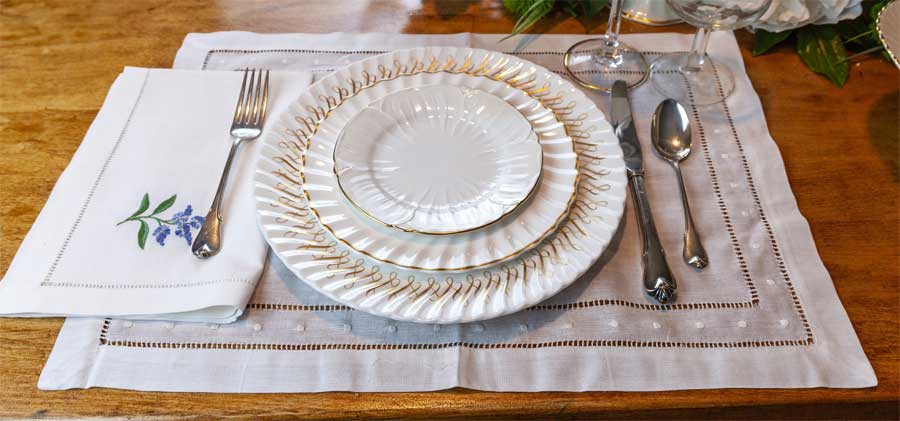
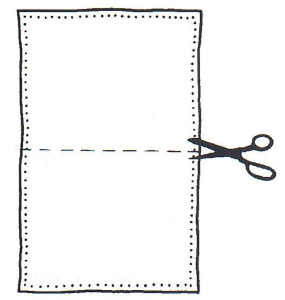
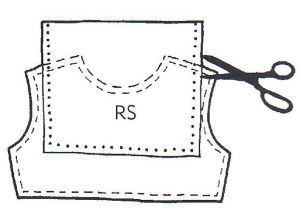
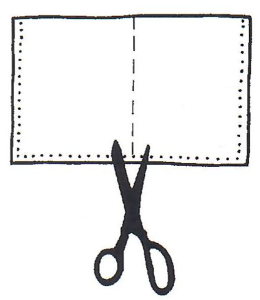
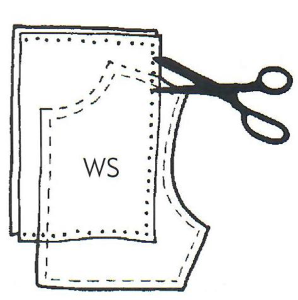
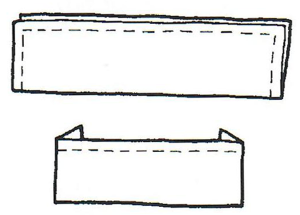
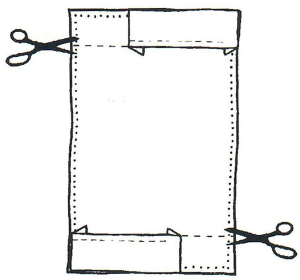
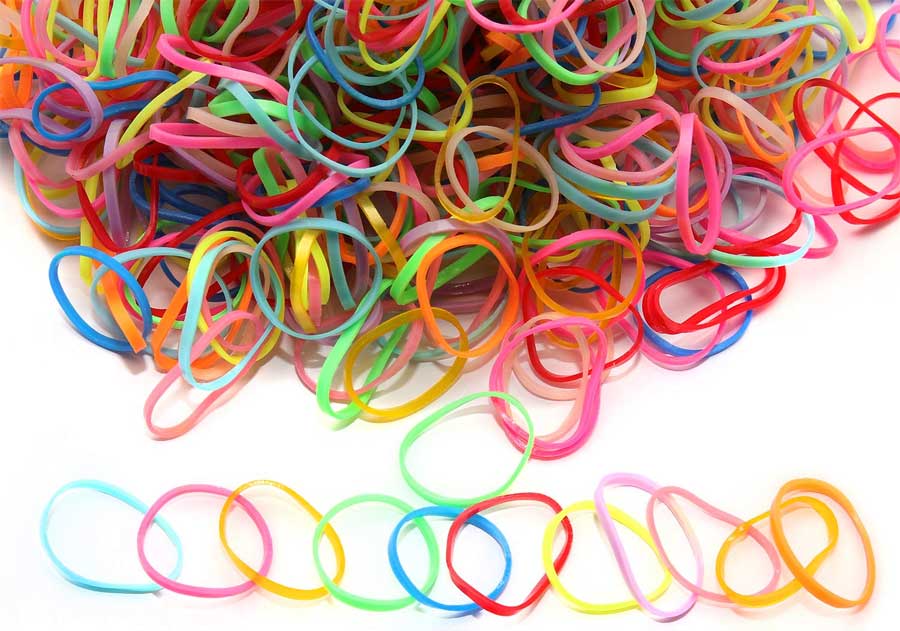
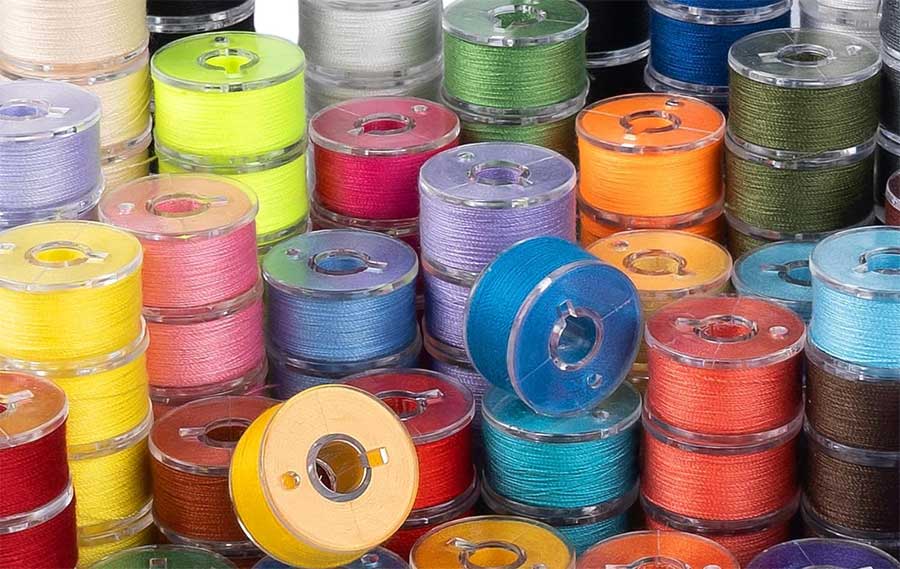
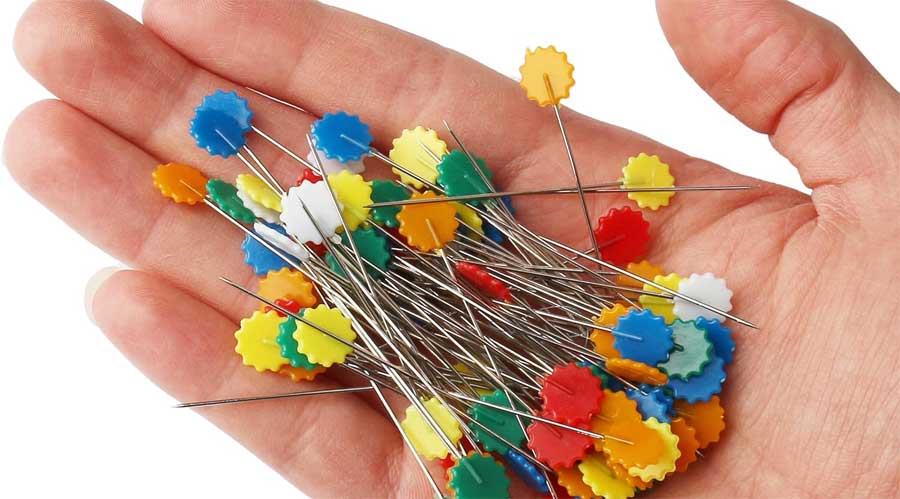

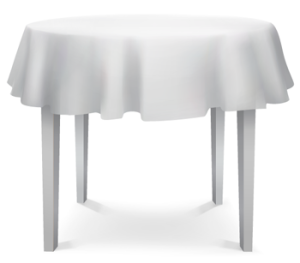 Next, you’ll determine the side drop, which is the measurement from the top of the table to the bottom length for how low you want the tablecloth to hang.
Next, you’ll determine the side drop, which is the measurement from the top of the table to the bottom length for how low you want the tablecloth to hang.